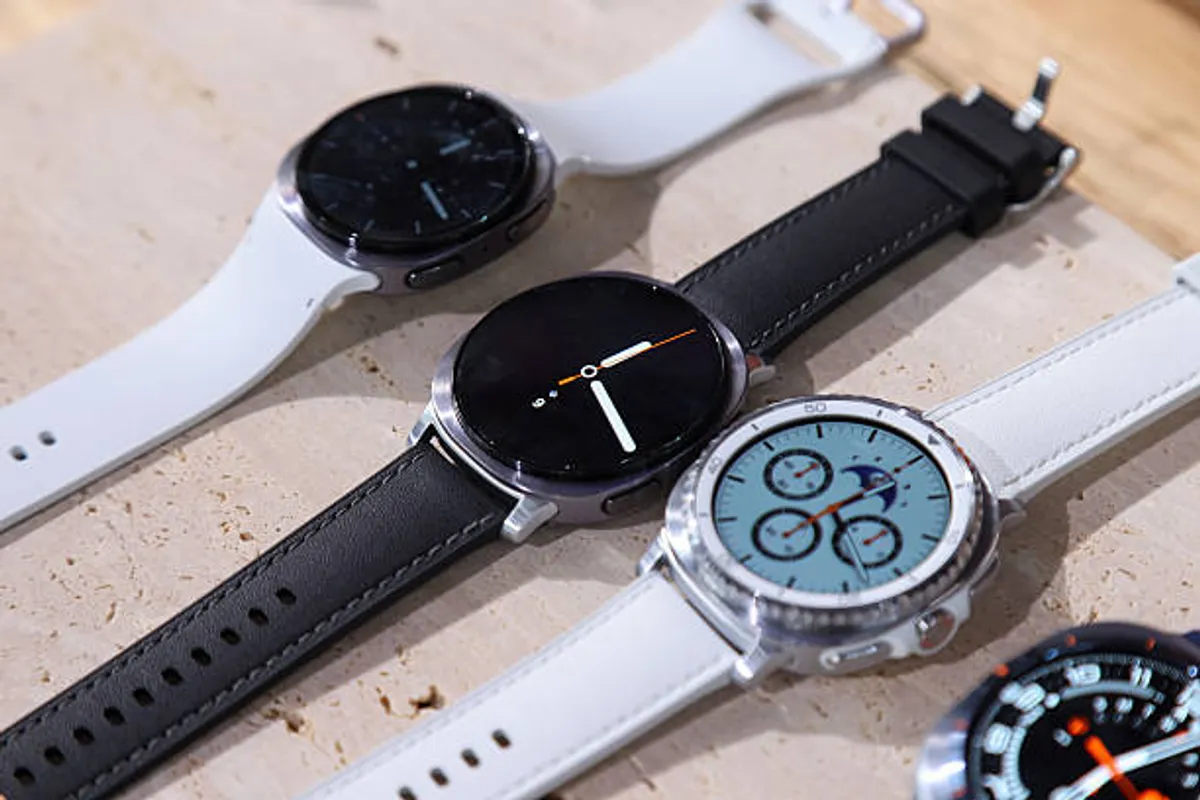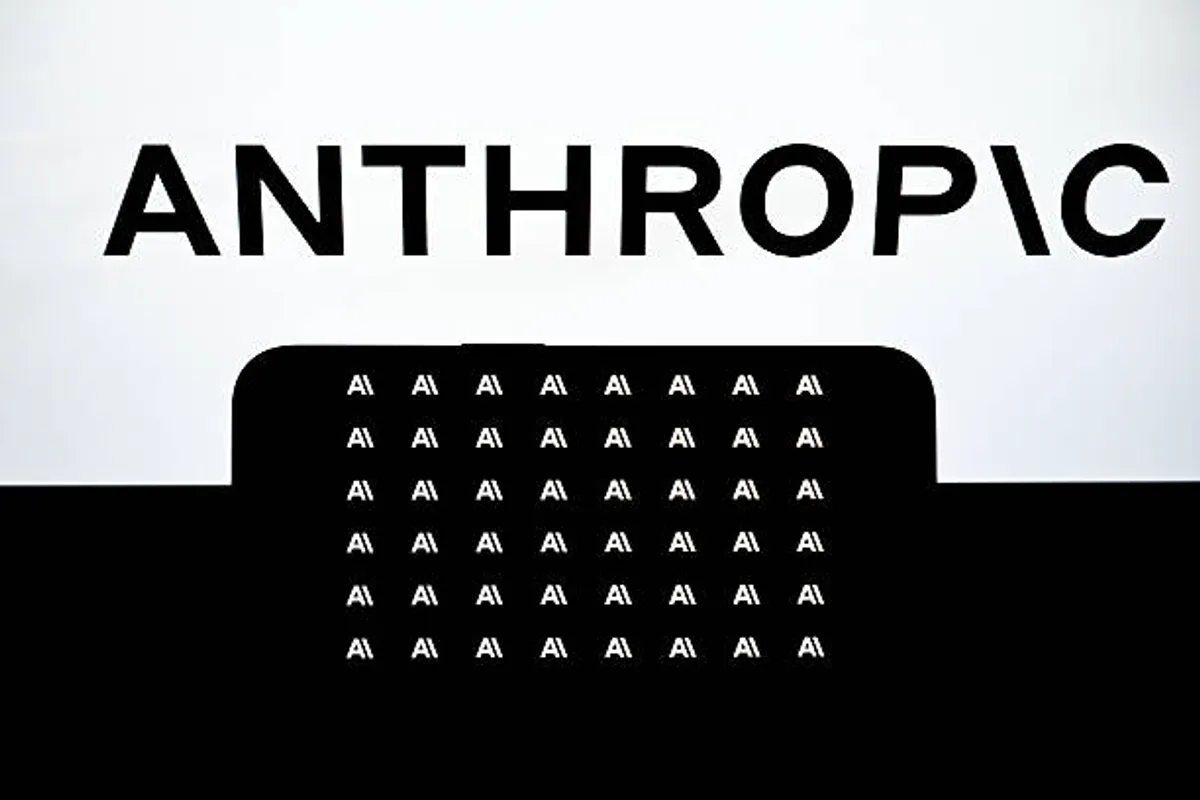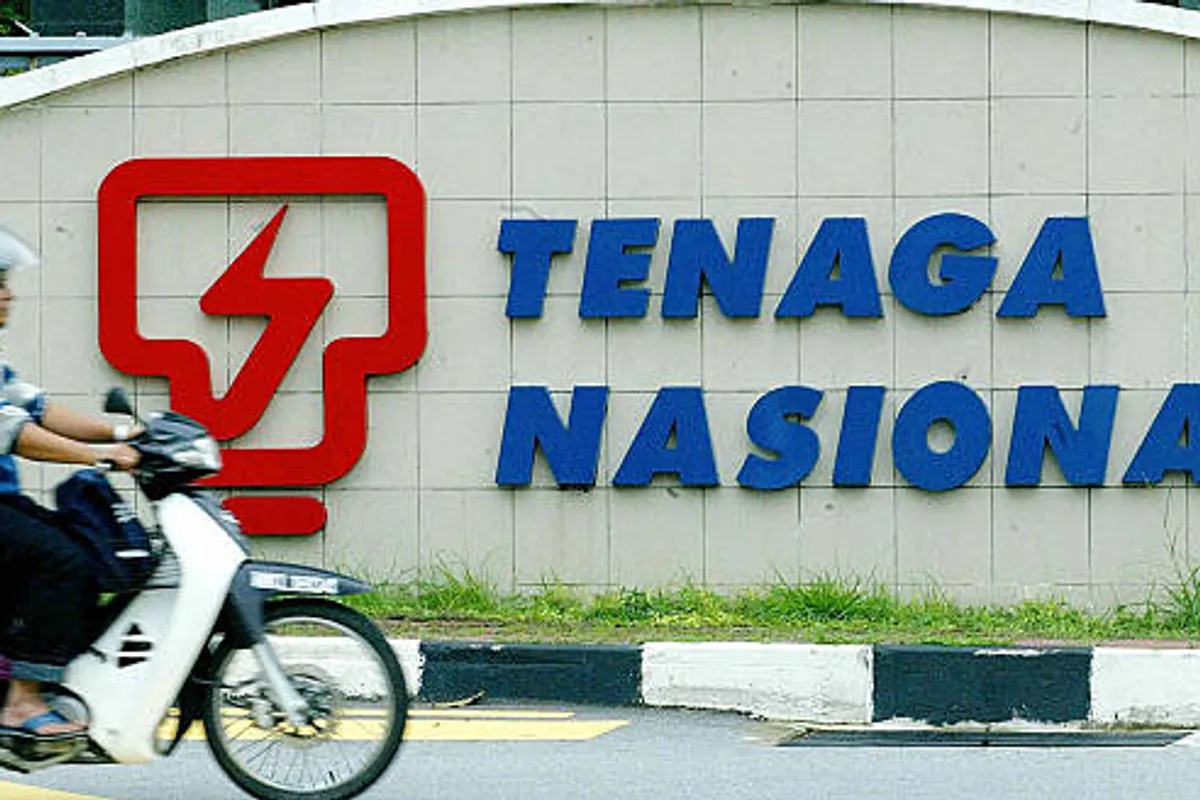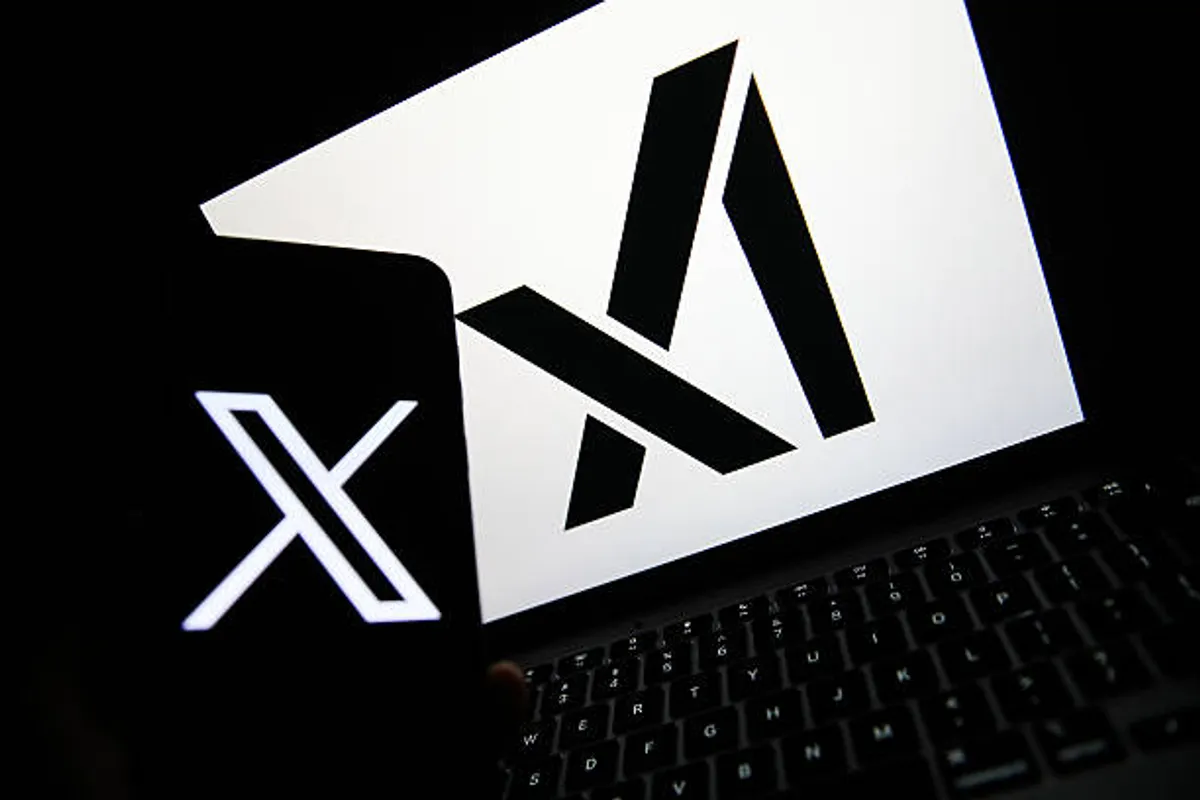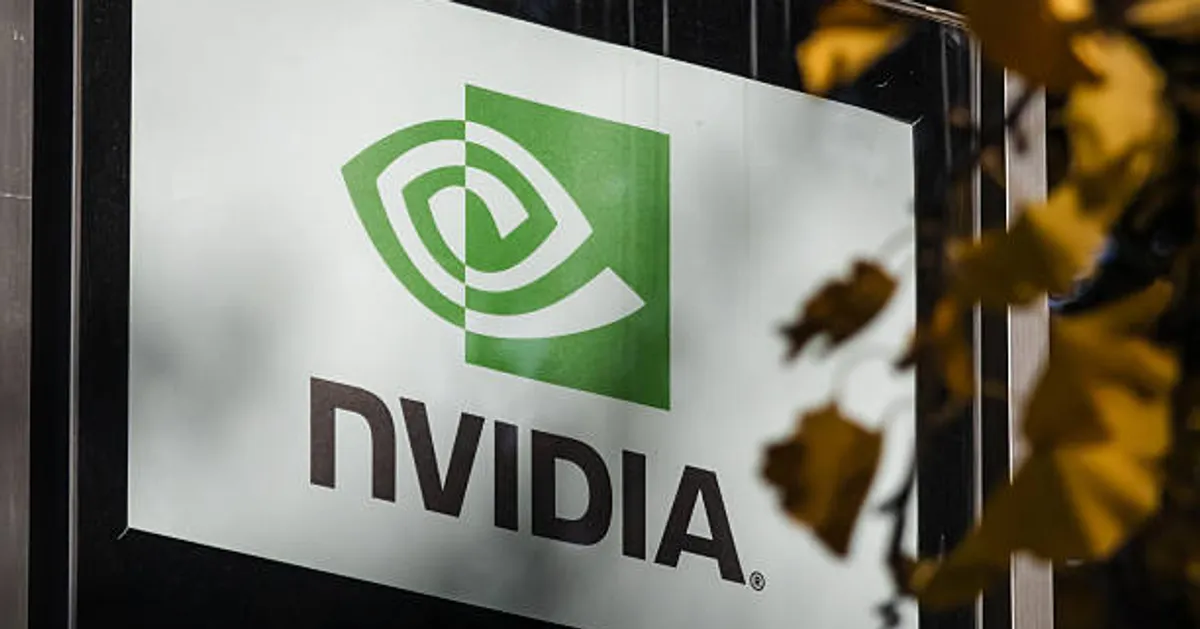
Nvidia’s Shift to Smartphone-Style Memory Could Double Server-Memory Prices by Late 2026

GeokHub
Contributing Writer
Nvidia is reportedly transitioning its AI servers to use LPDDR memory — the same type typically found in smartphones — instead of traditional DDR5 server memory. This move, aimed at reducing power consumption in data centers, may cause a dramatic surge in demand for LPDDR chips. Analysts at Counterpoint Research warn that the supply chain may struggle to cope, which could lead to server-memory prices doubling by late 2026.
This potential price explosion is rooted in the fact that AI servers need far more memory chips than mobile devices. As Nvidia pivots, major memory manufacturers like Samsung, SK Hynix, and Micron are already facing tightness in older memory segments; many of them have shifted production toward high-bandwidth memory, leaving less capacity for LPDDR. Counterpoint describes Nvidia’s pivot as “a seismic shift”: the company could become as influential as a major smartphone maker in shaping future chip supply.
If server-memory costs soar, cloud providers and AI developers — already grappling with high GPU and infrastructure expenditure — will face even greater financial pressure.
Analysis / Impact:
This development underscores how hardware strategy in the AI infrastructure world is evolving. By adopting LPDDR, Nvidia reduces power draw — a crucial lever for cost efficiency — but the memory market may not be ready for the sudden surge in LPDDR demand. The downstream effect could be steep price increases that ripple across the cloud and AI ecosystem.
For African tech markets, including Nigeria, the shift is a reminder that infrastructure costs could rise sharply as AI scales. Local companies building data-centre capacity or deploying AI workloads may soon face higher memory-related CapEx. It also highlights a broader risk: supply chains remain deeply global, and strategic shifts by major players like Nvidia could reshape cost dynamics for everyone.
